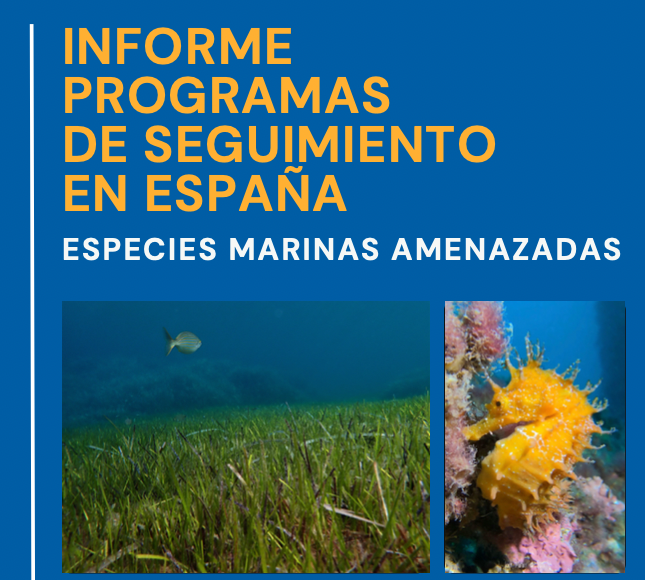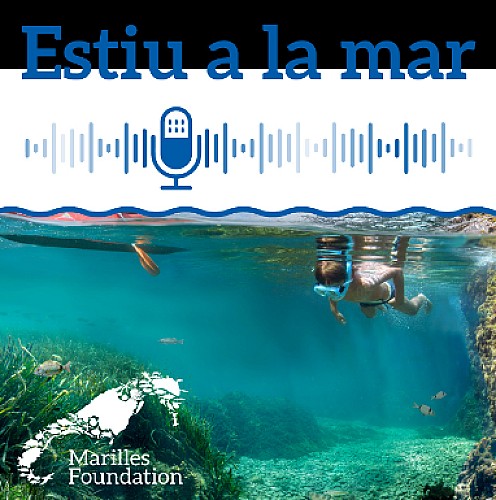Observadores de Mar reveals that only 13% of endangered marine species in the Balearic Islands are being monitored
Published 21.12.2023
Share

Observadores de Mar reveals that only 13% of endangered marine species in the Balearic Islands are being monitored
Only 13% of threatened marine species in the Balearic Islands have a monitoring programme that assesses changes in their populations or in the ecosystems in which they live. A new study by the citizen science platforms Observadores de Mar (Sea Watchers), of the CSIC, and RedPromar, of the Canary Islands Government, has analysed the state of monitoring programmes for 255 endangered species in coastal autonomous communities throughout Spain. It should be noted that the percentage of species that have a monitoring plan in the islands is lower than the national average of 30%.
Among the species analysed, 149 are present on the islands, but only 20 have a monitoring programme in place. Despite the commitment of the personnel involved, the monitoring of these few species is often incomplete and far from what is needed due to a lack of human and financial resources.
Marilles believes that the results of this study show that the Balearic government is not giving the attention that the protection of its marine diversity deserves. More resources need to be invested in the design of monitoring and data collection programmes to implement conservation and recovery plans for vulnerable habitats and species.
The Balearic Blue Deal proposes carrying out 15 new monitoring plans by 2027. This roadmap with five major commitments to protect the Balearic Sea has the support of a large majority in Parliament and has already been signed by more than 200 companies and organisations from the Islands.
Main data included in the study:
According to the study, the administration currently monitors three invertebrates on the islands: Pinna nobilis, Charonia lampas,and Dendropoma cristatum. Regarding the 34 endangered fish species, two are being monitored: Epinephelus marginatus and Sciaena umbra. There is also monitoring of one of the four possible phanerogams, Posidonia oceanica, and one of the 22 possible algae, Caulerpa prolifera. The most monitored species are seabirds, with 13 monitoring programmes out of a possible 27. As for the groups of marine mammals, reptiles, sharks and rays, and cnidarians, although there are some studies and initiatives, the authors of the report found no information regarding medium- to long-term monitoring.




